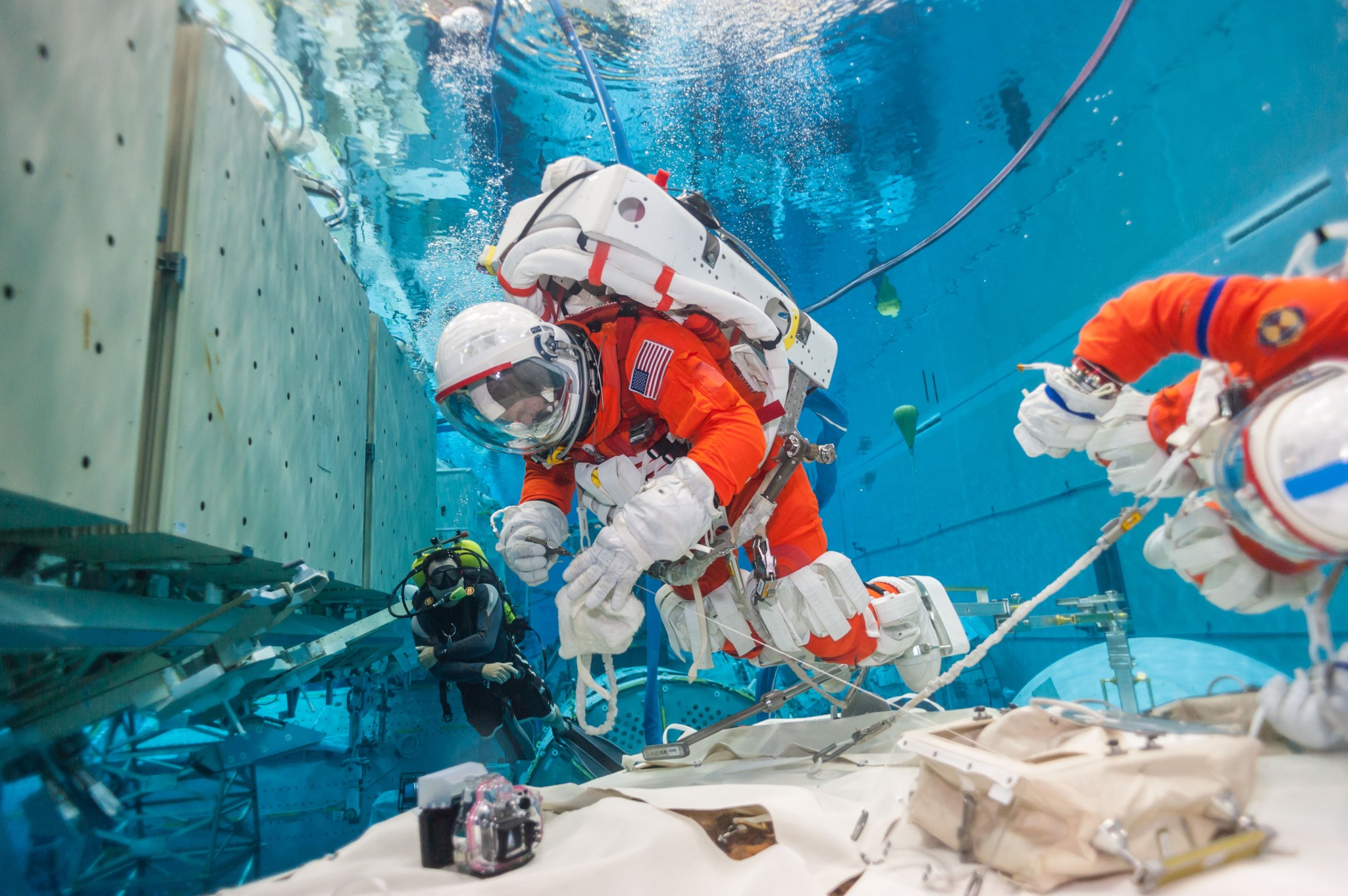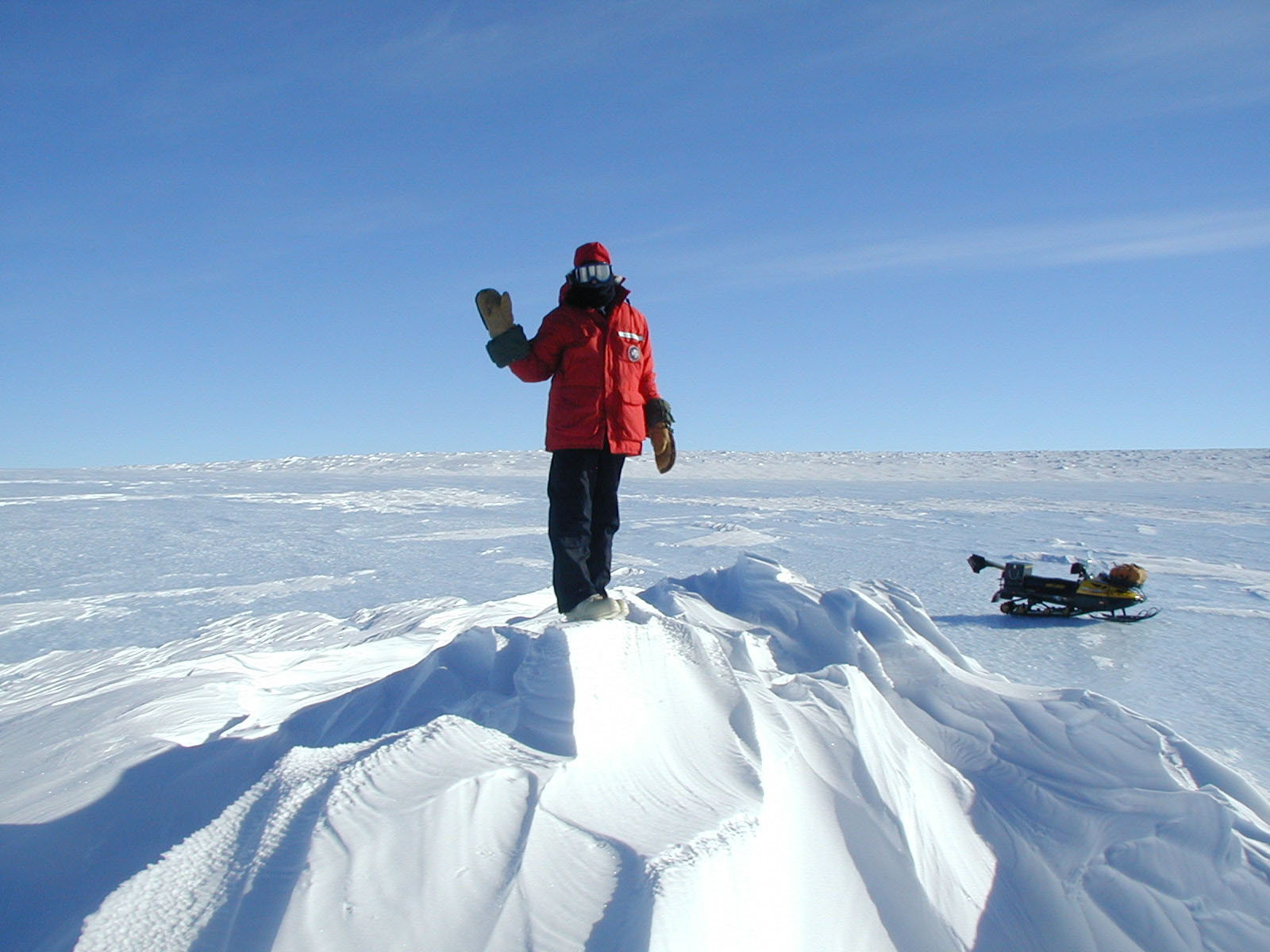If you’ve read past the title, you’ve probably consumed a lot of books and movies about space. Guess what? Flying in space isn’t just for science fiction characters. It’s a real job. Real people can apply for it, and real people—like you—can get hired to do it.
So what’s it like if you get hired? It’s hands down the coolest job on or off the planet. Training to work in space includes practicing crew tasks in a variety of simulators, flying in high-performance jet aircraft, and putting on spacesuits to work underwater on a life-size mockup of the International Space Station. The cherry on top is actually strapping into a rocket and blasting off to orbit around Earth (or, starting in a few years with Exploration Mission-2, the moon). You’ll float peacefully in weightlessness and gaze out the window as our amazing planet rolls by underneath you at 25 times the speed of sound.
Unfortunately, most of an astronaut’s time isn’t spent in space. It’s spent working at NASA’s Johnson Space Center in Houston, Texas. You’ll commute to work every day like a lot of other Houstonians. Your home life may not change much: At my house, an astronaut takes the trash out to the curb every Tuesday morning.
Unlike in a typical office job, though, you won’t find yourself in a boring routine—or any routine, for that matter. One day you might be giving a speech at an elementary school, trying to get kids fired up about science, engineering, and space exploration. The next day, you and a buddy might fly a sleek little jet down to NASA’s Kennedy Space Center to ensure equipment bound for the space station is shipshape before it launches. The day after, you might be wearing a 350-pound suit 40 feet underwater in the Neutral Buoyancy Laboratory, meticulously testing every task on a spacewalk that a future space station crew (possibly including you) will execute in orbit.
During my time as an astronaut, I’ve worked for hundreds of hours in the Mission Control Center as a Capcom (“Capsule Communicator”) talking on the radio to space shuttle and space station crews, piloted a one-person submersible in a deep mountain lake to investigate weird microbial growths that look like freshwater coral, and lived for weeks in primitive camps on the Antarctic icecap with a team hunting for meteorites.
That’s the upside. The downside is that it’s really hard to get in the door. The odds are terrible. In our last selection in 2013, we had more than 6,000 serious applicants. We hired eight of them. That’s just slightly better than one-in-a-thousand odds.
But there are ways to manage even a situation as bad as that. One is to apply every single time NASA makes a selection. I started sending in applications – and updating them regularly – in 1991. I did that seven times in all. I got an interview (an exciting milestone, since it means you’ve made the short list) in 1994. I interviewed three times before finally getting hired in 1998. I like to joke that I didn’t so much impress the Astronaut Selection Board as wear them down.
But aspiring astronauts have a tougher job than just managing the odds: managing their own morale and expectations. I’d like to offer some advice on that grueling task.
During my long tenure as an astronaut applicant, I met some folks who had dedicated their whole lives to becoming astronauts. They learned to fly, not because they love airplanes, but because they heard that the Astronaut Selection Board likes pilots. They learned to scuba dive, not because they love the sea, but because they heard that the board likes scuba divers. I observed folks doing these things, and then not getting selected (the likeliest outcome), and then becoming very, very bitter and disappointed people.
I didn’t want to follow their example, and I recommend that you don’t either. Instead, just do what you love doing.
That’s what I tried to do. I’ve loved space since I was a little kid. So I earned degrees in physics and astronomy, and worked as a planetary scientist after that. I started exploring the woods behind my house as soon as I was old enough to leave the yard. So when I lived in Seattle I learned to climb mountains, and when I lived in Hawaii I learned to scuba dive.
I was drawing pictures of airplanes and spaceships in first grade, so when I had the chance to earn a pilot’s license, or take elective courses in aerospace engineering as a graduate student and a postdoctoral researcher, or take a job as an engineer working on spacecraft optical instruments at NASA’s Jet Propulsion Laboratory, I jumped on it. And I had a blast.
Now, all of those things were also good for applying to be an astronaut, so I went ahead and included them on my applications. But because I was doing what I loved, I would have been perfectly happy where I was—even if I hadn’t been picked as an astronaut. Again, that’s the likeliest outcome!
So that’s the long and the short of it. Do what you love doing, and if it’s consistent with exploring space, go ahead and get that free lottery ticket. Who knows? It could be you floating above the world at Mach 25 …





























